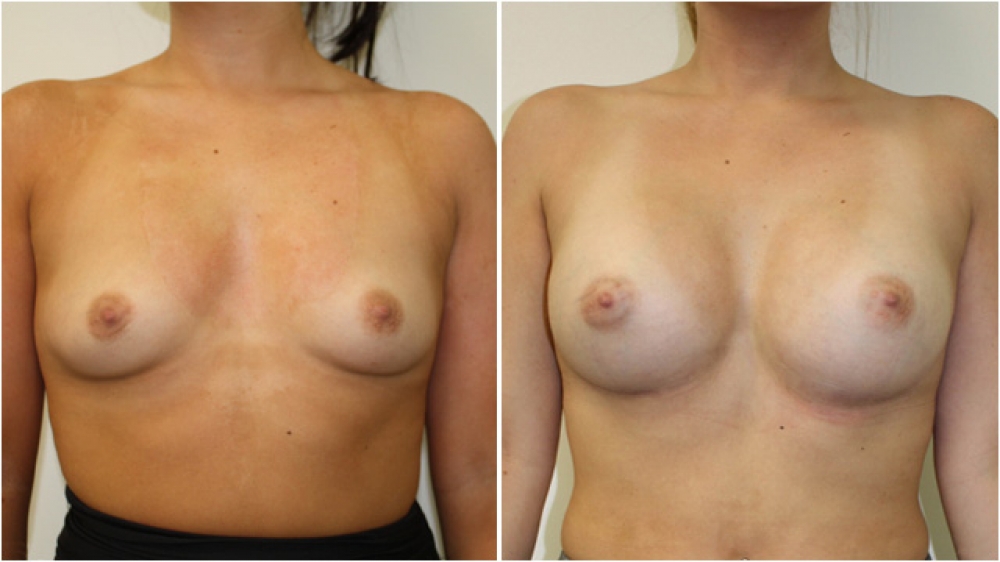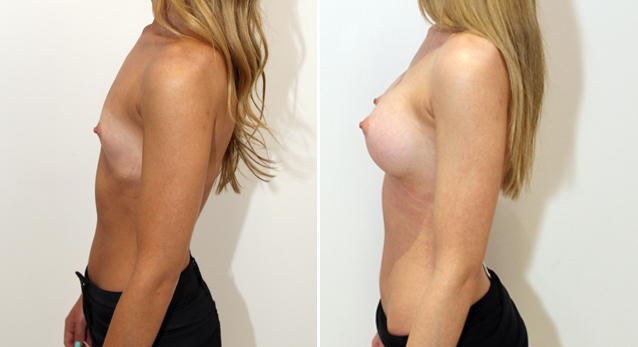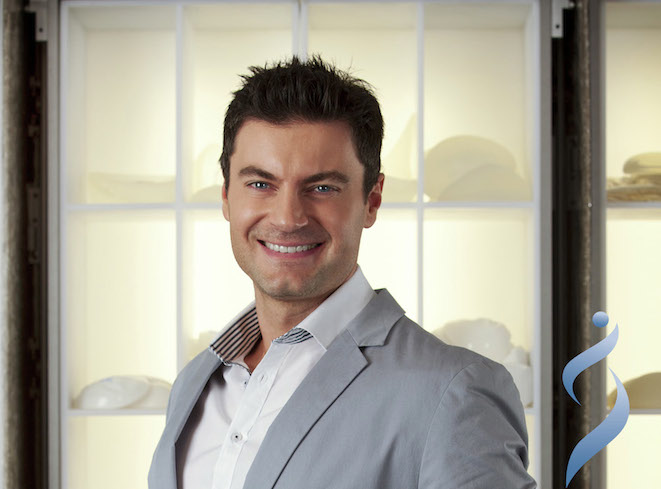Breast Augmentation / Breast Implants
 Bilateral breast augmentation Early 30s, athletic, no children, 255g anatomical (teardrop) moderate profile implants, dual plane 2 placement, AA -> C cup.
Bilateral breast augmentation Early 30s, athletic, no children, 255g anatomical (teardrop) moderate profile implants, dual plane 2 placement, AA -> C cup. Breast augmentation and enlargement surgery is Dr Miroshnik‘s most commonly performed procedure.
Dr Miroshnik is experienced in performing breast augmentations having performed the procedure in over 3,500 women.
There are many decisions to make when considering breast implant surgery with Dr Miroshnik, including the type of look you desire, the type of implant to use, its size, shape as well as the location of any surgical incisions, pocket locations and placements.
These aspects of breast enhancement are discussed individually in separate sections below.
The best choices for these are, of course, individually determined and are best made in consultation with Dr Miroshnik himself.
Recovery Milestones for Breast Augmentation Surgery with Dr Miroshnik:
- 7 days off work for office-based jobs
- 10-14 days off work for more physical-type work
- No driving for 1 week



































































































































































































































































































































































































































































































































































